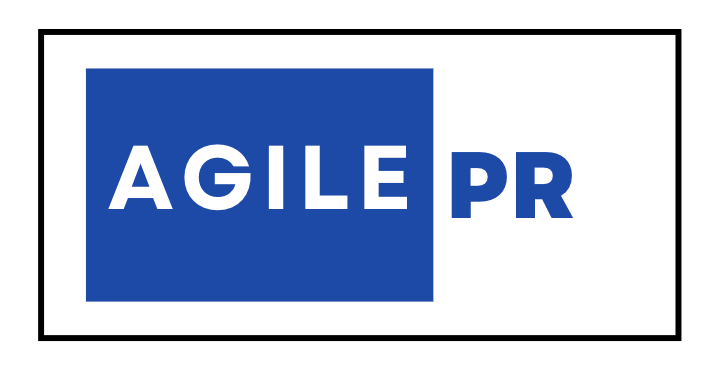Accepting a job offer is a major career decision that requires careful consideration. From evaluating the offer to formally accepting it, here’s how to navigate the process professionally.
1. Review the Job Offer Carefully
Before saying “yes,” take the time to thoroughly review the job offer. Consider the following aspects:

Salary and Benefits
- Compare the salary to industry standards using resources like Glassdoor or Payscale.
- Look beyond the base salary and assess bonuses, stock options, and commission structures.
- Evaluate benefits such as healthcare, dental and vision insurance, retirement plans, paid time off, and tuition reimbursement.
Job Responsibilities
- Read the job description carefully to understand your expected daily tasks and long-term objectives.
- Ensure that the role aligns with your skills, interests, and career trajectory.
- Ask for clarification on any vague or unclear responsibilities.
Company Culture and Work Environment
- Research company reviews on platforms like LinkedIn, Glassdoor, or Indeed.
- Reach out to current or former employees for firsthand insights into company culture.
- Consider workplace policies, remote work opportunities, and team dynamics.
Work-Life Balance
- Assess the company’s stance on work-life balance, flexible working arrangements, and overtime expectations.
- Factor in commute time and office location if working on-site.
- Determine whether the company’s expectations align with your personal and professional lifestyle.
2. Ask Questions and Negotiate if Necessary

If any part of the offer is unclear or seems inadequate, don’t hesitate to ask questions or negotiate. Many employers expect candidates to negotiate, so be prepared with industry data to support your requests.
What Can You Negotiate?
- Salary: Use market research to justify your counteroffer.
- Signing Bonus: Some employers offer a signing bonus, which can be negotiated if the base salary is non-negotiable.
- Vacation Time: You may be able to negotiate additional paid leave or remote work days.
- Professional Development: Request reimbursements for certifications, conferences, or training programs.
How to Approach Negotiation
- Be professional and polite; negotiation should be a discussion, not a demand.
- Highlight your skills and unique value to justify your request.
- Be prepared for different responses and decide in advance what you’re willing to accept.
3. Consider Your Long-Term Career Goals
A job offer should align with your long-term career plans. Ask yourself:
- Does this position help me build skills and experience relevant to my career path?
- Are there growth opportunities within the company, such as promotions or leadership roles?
- Does the company invest in employee development and training?
- How does this role compare to other opportunities I may have?
If the answers are positive, it’s a strong indicator that accepting the job is the right choice.
4. Accept the Job Offer Professionally

Once you’ve made your decision, follow these steps to accept the job professionally:
Step 1: Express Gratitude
Regardless of whether you accept or decline the offer, always show appreciation for the opportunity.
Example: “Thank you for offering me this position. I appreciate the time and effort your team has taken throughout the hiring process.”
Step 2: Confirm the Offer Details in Writing
Even if you accept verbally, always follow up with a formal acceptance email or letter. Your response should confirm:
- Your official job title
- Salary and benefits
- Start date
- Any agreed-upon special conditions
Example Acceptance Email:
Dear [Hiring Manager’s Name],
I am excited to accept the offer for the [Job Title] position at [Company Name]. Thank you for this incredible opportunity. I appreciate the confidence you have in me, and I look forward to contributing to the team.
As per our discussion, I confirm my start date as [Start Date], with a salary of [Salary] and the agreed-upon benefits package. Please let me know if any additional paperwork is needed before my first day.
Looking forward to joining [Company Name]!
Best regards,
[Your Name]
Step 3: Notify Your Current Employer
- Give proper notice according to your contract (typically two weeks).
- Resign professionally by submitting a formal resignation letter.
- Offer to help with the transition to leave on good terms.
5. Prepare for Your New Role

Once you’ve accepted the offer, start preparing for your new position:
- Complete Any Required Paperwork: Ensure HR has all the necessary documents.
- Connect With Your Future Team: Engage with colleagues through LinkedIn or company Slack channels.
- Research More About the Company: Familiarize yourself with company projects, policies, and key stakeholders.
- Upgrade Your Skills If Necessary: If your new role requires new skills, consider online courses or certifications before your first day.
Final Thoughts
Saying “yes” to a job offer is a big decision that impacts your career. Take the time to evaluate the offer, negotiate where necessary, and ensure it aligns with your long-term goals. By following these steps, you can confidently accept the right job opportunity and set yourself up for long-term success.
Would you like help refining your job acceptance email or negotiation strategy? Let us know in the comments!




